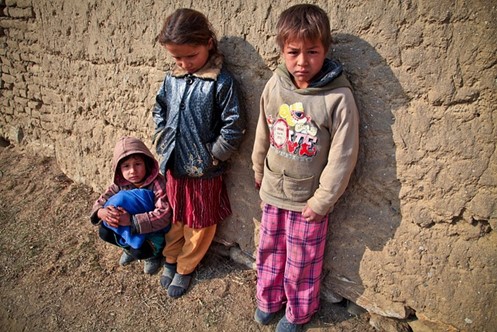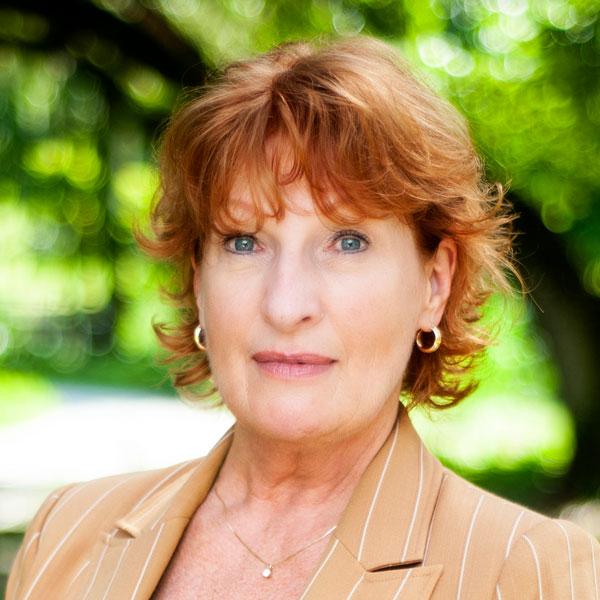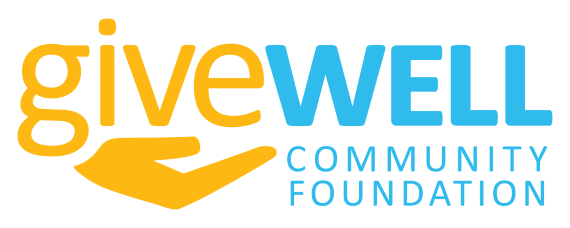Addressing disaster giving and eligible QCD recipients
Disaster giving: Perspectives for your clients
The one-year anniversary of the start of the Ukraine conflict and the recent earthquake that has devastated Turkey and Syria are causing more and more people to explore ways they can help. In an era of abundant giving methods and (sadly) potential fraud, GWCF is a source of reliability and expediency to help your clients act on their charitable instincts.
Disaster giving frequently takes the form of a wide-ranging response, given that disasters can occur suddenly or over time, domestically and internationally. The damage can be heart-wrenching, such as loss of life and property destruction, or health-related, like Covid that has swept the globe. The urge to help is often immediate. In addition to immediate needs, however, it’s important to remember that disasters sometimes have long-lasting impacts. Locally, we see a continued need for assistance by those affected by Hurricane Ian.
There are many viable options for your clients to activate their generosity toward relief efforts, but there are also caveats. While global disaster giving is important, it is also important for clients to stay tuned to the most critical needs right here in our community. Although these critical needs do not always take the form of a time-bound disaster, the impact of ongoing crises such as poverty and low access to health care can be quite damaging over the long term.
What is disaster giving?
Although challenging to pinpoint holistically, what’s typically referred to as “disaster giving” is perhaps best thought of as a subset of what has been a robust philanthropic climate in recent years. In 2021, Americans’ charitable giving reported by Giving USA was up 4% over 2020 to nearly $485 billion. Certainly, the strong percentage increases in the categories of Human Service, Public-Society Benefit (up 23%, the second-highest percentage gain) and Health all likely involved Covid-related concerns and sentiments.
An emerging area of challenge may be annual giving to international affairs, which declined approximately 5% from 2019 to 2021, finishing at $27.4 billion. Of course, these figures could change for 2022 when accounting for aid to Ukraine (and in future reports, to Turkey and Syria). As context, through February 2023, U.S. government aid to Ukraine has exceeded $75 billion, including 40% for humanitarian and financial purposes and the remainder for the military. Philanthropy also contributed to humanitarian needs; the 10 largest private donations, led by Microsoft, totaled more than $1.2 billion.
How GWCF can help
GWCF can help your clients fulfill their giving instincts by acting as a secure, knowledgeable, and trustworthy facilitator. Our professional staff personally knows – and regularly vets – hundreds of nonprofit organizations every year, and we can help you and your clients navigate the options both locally and beyond.
Frequently, a donor-advised fund at GWCF will be a suitable giving vehicle for your clients. Our team can help connect your clients to the causes they care about by identifying the most effective organizations addressing the critical needs both locally and globally in your clients’ areas of interest. Working with GWCF also helps your clients secure robust tax planning benefits that can be missed when a client gives to nonprofit on an impulse.
Finally, GWCF can help your clients steer clear of scams perpetrated via familiar-looking but sham websites and QR codes, both of which proliferate during highly emotional or threatening times surrounding a disaster. While your clients may be tempted to make a gift online or by phone out of compassion in response to a verbal solicitation or a news story, remind them that GWCF has much to offer — safely, securely, and advantageously — when it’s time to make impactful humanitarian gifts both locally and beyond.

Hidden no more: Designated funds and field-of-interest funds
Most attorneys, accountants, and financial advisors are well-aware of donor-advised funds and the reasons behind their popularity. A donor-advised fund established at GWCF is an excellent way for your clients to organize their charitable giving and get even more connected to the causes they care about.
Enter the Qualified Charitable Distribution
Your clients can give nearly any type of asset to a donor-advised fund at GWCF. A notable exception, though, is the Qualified Charitable Distribution (QCD). A QCD allows a taxpayer 70 ½ or older to make a direct transfer of up to $100,000 annually from an IRA to a qualifying nonprofit organization. However, a donor-advised fund is not considered a qualifying option.
Although donor-advised funds cannot accept QCDs, GWCF offers other types of funds that can accept QCDs. For example, designated funds and field-of-interest funds held at the Community Foundation are ideal recipients of QCD transfers. These fund types are often overlooked, despite the high value they can deliver to your client in meeting their philanthropic goals and to the community.
What is a field-of-interest fund?
The Council on Foundations defines a “field of interest fund” as, “A fund held by a community foundation that is used for a specific charitable purpose such as education or health research.” Perhaps your client is passionate about rare-disease solutions, feeding the food insecure, or preserving works of art, for example. Your client selects the name of the fund (family, cause-related, or even nondescript) and then, the professional staff at GWCF distributes grants from the field-of-interest fund in a way that is aligned with your client’s values and charitable wishes outlined in the fund documentation.
What is a designated fund?
Designated funds are defined as, “A type of restricted fund in which the fund beneficiaries are specified by the grantors.” These are a good choice for a client who knows they want to support a particular nonprofit for multiple years. The client names the fund, and GWCF fulfills the distributions. Made over time, these funds can help the nonprofit’s cash flow planning. Distributions are aligned with your client’s goals as set forth in the original fund document.
QCD reminders
For the client aged 70 ½ through 72, a QCD removes funds from an IRA before the client reaches the age-73 threshold for Required Minimum Distributions (RMDs). This can lessen the eventual income tax hit that accompanies RMDs. And for RMD-applicable clients, the QCD counts toward their RMD. In both cases, the QCD transfers do not fall into the client’s taxable income.
QCDs are even more popular now that the $100,000 cap will be indexed for inflation under the new laws.

The professional staff at the GiveWell Community Foundation is a resource and sounding board as you serve your philanthropic clients. We understand the charitable side of the equation and are happy to serve as a secondary source as you manage the primary relationship with your clients. This newsletter is provided for informational purposes only. It is not intended as legal, accounting, or financial planning advice.
Ready to get started?
You know your clients. We know philanthropy. Together we can ensure your clients make the best decisions for making a difference in the community.

Lori Martini
Vice President/CPO
863-683-3131
lmartini@givecf.org
